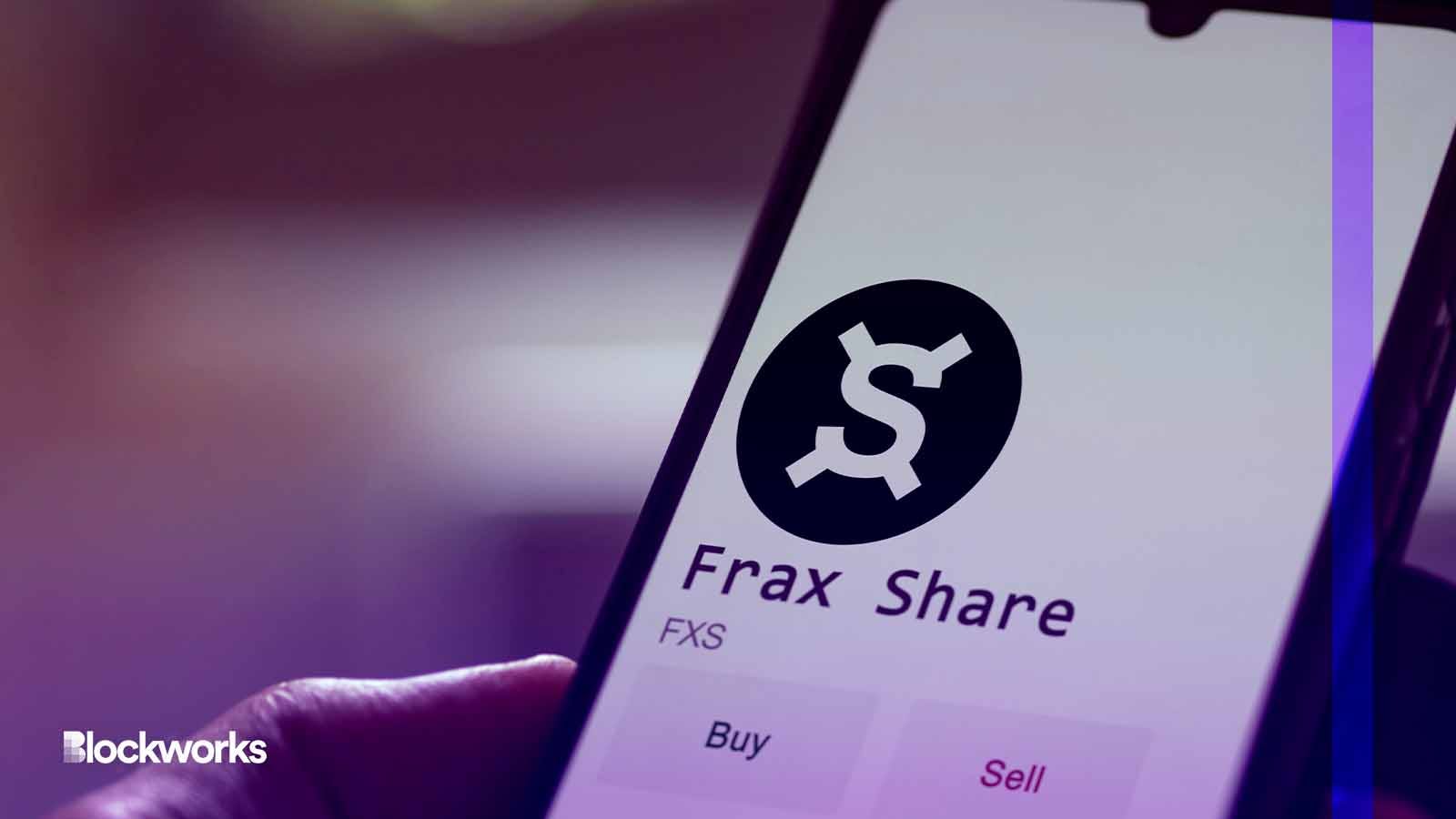FRAX taps Treasury yields with new staking vault
The decentralized stablecoin project is launching the sFRAX savings vault in a bid to offer users Treasury yields

Maurice NORBERT/Shutterstock modified by Blockworks
With Federal Reserve interest rates at their highest level in 22 years, FRAX announced the launch of sFRAX — a staking vault meant to tap the corresponding hike in Treasury yields.
FRAX is in the process of deploying a raft of “Frax v3” products, and today is launching sFRAX, or “staked FRAX,” alongside a bond product that converts to FRAX’s stablecoin on maturity. Frax founder Sam Kazemian told Blockworks that starting Monday, users will be able to deposit sFRAX and receive 10% yield — which would then shrink to around 5.4%, the Fed’s current IORB rate.
Kazemian said once Federal Reserve interest rates started rising, he realized most stablecoins on the market were only built for low-rate environments — and Frax (FRAX) needed to track interest rates to stay relevant.
“Otherwise, no one will treat your stablecoin as real dollars. They’ll just think of them as play money, and then they’ll sell them for real dollars, or real stablecoins or real T-bill projects,” Kazemian said.
sFRAX is partly the fruit of FRAX’s August partnership with FinresPBC, which connected FRAX with Kansas City-based Lead Bank to open a brokerage account and begin purchasing Treasury bills.
Frax’s sFrax seems similar in motivation to MakerDAO’s DAI Savings Rate (DSR), a bear market success story that has helped Maker increase its revenue for five straight months by giving DAI holders exposure to Treasury yields, per DeFiLlama.
But Kazemian thinks Frax’s design is ultimately more sustainable than Maker’s.
DSR rates are akin to a “marketing spend to increase the profits of the DAO,” Kazemian told Blockworks, arguing that Maker’s rates don’t track with the Fed’s. Kazemian said FRAX is perfecting the Treasury-exposed stablecoin.
“It’s not like, ‘hey, let’s just dump a bunch of yield into it and compete with DAI.’ Our view is we want to complete this design,” Kazemian said. “In order to complete a dollar-pegged stable coin, you need a way to bring the Fed yield on-chain.”
Get the news in your inbox. Explore Blockworks newsletters:
- The Breakdown: Decoding crypto and the markets. Daily.
- 0xResearch: Alpha in your inbox. Think like an analyst.






